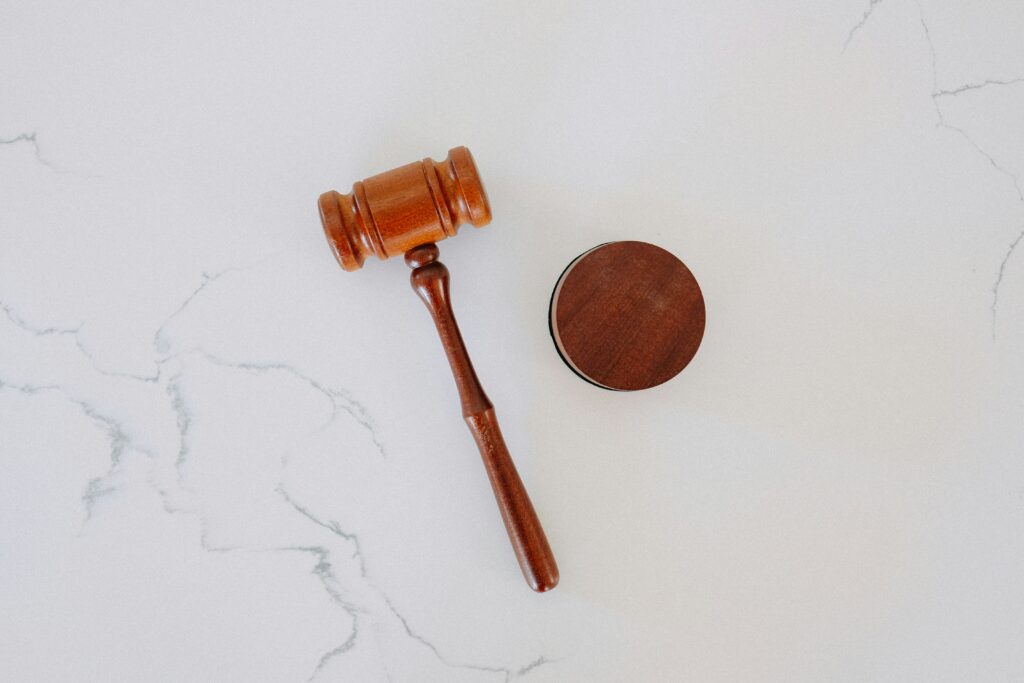Published On: 20th March, 2024
INTRODUCTION
The Gujarat riots of 2002, sometimes referred to as the Gujarat violence of 2002, were a three-day episode of violence between communities in the state of Gujarat, western India. It is one of the worst cases of communal clashes the country has faced. The violence was said to have started with the arson of a train at Godhra on February 27, 2002, which killed 58 Hindu pilgrims and karsevaks returning from Ayodhya. During these three days, multiple atrocities were committed and there was a blatant violation of human rights. One such case which arose out of
these riots was that of Bilkis Bano. Bilkis, who was twenty-one years old at the time of these riots, was a resident of Randhikpur village, Gujarat, and a member of the minority community. She was five months pregnant at that time. Multiple people attacked her family and took turns to rape her. She was the victim of one of the most brutal cases of gang rape. Along with suffering from this, she had to witness the death of fourteen members of her family at the same time.
Bilkis has got the support of various human rights groups and feminists around India. What happened to Bilkis is unacceptable and the delay in delivering justice to her is intolerable.
TITLE OF THE CASE
This case is popularly referred to as the Bilkis Bano case. The proper title of the case is Bilkis Yakub Rasool Versus Union Of India & Others. This case that started in 2002 turned out to be a long war for getting justice for Bilkis which altered the social and political scenario of India.
FACTS OF THE CASE
The facts of the Bilkis Bano Case are as follows:
- The state of Gujarat in western India had three days of intercommunal violence during the 2002 Gujarat riots, commonly referred to as the Gujarat violence. The violence is said to have started on February 27, 2002, when a train in Godhra caught fire, killing 58 Hindu pilgrims and karsevaks returning from Ayodhya.There were numerous reports of rapes and vicious killings, in addition to extensive looting and property devastation.
- After the area became unstable due to rioting, Bilkis Bano and her family made the decision to leave. Bilkis and her family were apprehended by twenty to thirty people as they attempted to flee the Afterwards, they gang-raped her and several other women in her family. At the time, she was 21 years old and five months pregnant. Along with this, more than a dozen people in her family were killed, including her three-year-old daughter, who was killed by smashing her head into a rock.
- Once she was coherent again, she went to the police station to register a Bilkis Bano argued that when filing the FIR, the police neglected to include all pertinent details that were required for the investigation. Finding no other option, she proceeded to report the matter to the National Human Rights Commission (NHRC) and subsequently to the Supreme Court, which requested that the CBI conduct an investigation.
- Threats to murder were made by the accused against Bilkis as she was trying to get justice from the courts. Bano made her way to the Supreme Court, where she described receiving death threats. For a just and impartial investigation, the Supreme Court therefore chose to transfer the matter from the Gujarat Court to the Maharashtra Court.
- The CBI conducted an investigation and wrote a report. That incident was thoroughly investigated by CBI filed a charge sheet revealing the identities of 19 individuals, including doctors and police officials who attempted to conceal the crimes that had occurred. They uncovered all the pertinent data needed to solve the case. Additionally, some of the victim’s family members’ remains were found without any skulls. Afterwards, the Mumbai Sessions Court hosted the hearing.
- The trial began in 2008 in Mumbai. In its 2017 ruling, the Mumbai Court found 11 defendants—among them a police officer—guilty of the crime. The remaining individuals were found not guilty due to insufficient evidence linking them to the For their crimes, they received rigorous life imprisonment in jail along with a fine.
- One of the prisoners, who claimed to have served a term of more than 15 years in jail, filed an appeal with the Supreme Court on May 15, He thus requested his release in an appeal that he filed with the Apex Court.
- All of the case’s prisoners were freed from jail on Independence The Gujarat High Court released them from Godhra jail on August 15, 2022, in accordance with the 1992 remission policy.
- On 8th January 2024, the Supreme Court overturned the State of Gujarat’s August 2022 ruling of en masse remission given to 11 men who had been given life sentences for the gangrape of Bilkis Bano and the murder of her family, which included a two-month-old baby, during the 2002 riots.
ISSUES OF THE CASE
The main issue of the case was delivering justice to Bilkis, a victim of a grotesque and diabolical crime. It was a fight against crime committed against women and how they were the target of the rioters every time.
Also, after their en masse remission in 2022, the issue was whether the remission was correct or not and whether the use of the 1992 remission policy of Gujarat was justified or not.
JUDGEMENT
The trial began in 2008 in Mumbai. In its 2017 ruling, the Mumbai Court found 11 defendants—among them a police officer—guilty of the crime. The remaining individuals were found not guilty due to insufficient evidence linking them to the crime. For their crimes, they received rigorous life imprisonment in jail along with a fine.
Section 302 and Section 376(2) of the Indian Penal Code, 1860, to be read in conjunction with Section 149, are the sections under which they were found guilty.
The Indian Penal Code, 1860, addresses the crime of unlawful assembly in Section 149. When more than five individuals come together to pursue a common goal and one of their numbers commits an illegal assembly crime, all of the participants are held accountable for that crime. In one instance, a group of twenty to thirty individuals gang-raped and killed Bilkis Bano’s family members in order to achieve a common goal. They were found guilty of both murder and rape. Section 302 of the IPC deals with prescribing the punishment for murder. It states that whoever commits murder shall be punished with death or life imprisonment and they will also be liable to fine.
Section 376 (2) of the IPC addresses the punishment for committing rape. Whoever commits rape shall be punished with rigorous imprisonment of either description for a term not less than ten years which may extend to imprisonment in life and shall also be liable to a fine.
CONCLUSION
Crimes against women are on the rise in India. Another example of a situation when men raped women to express their rage is. The case of Bilkis Bano an uproar against crimes against women in this country, such as rape and murder, was sparked by this case. This case demonstrated how the Indian courts failed to grant these defenseless victims justice. On the day of independence, the Gujarati government’s decision to free those rapists and murderers drew criticism. Our nation’s legal system operates in a way that gives preference to offenders over innocent victims. Expecting justice in this country is a far-fetched dream.




